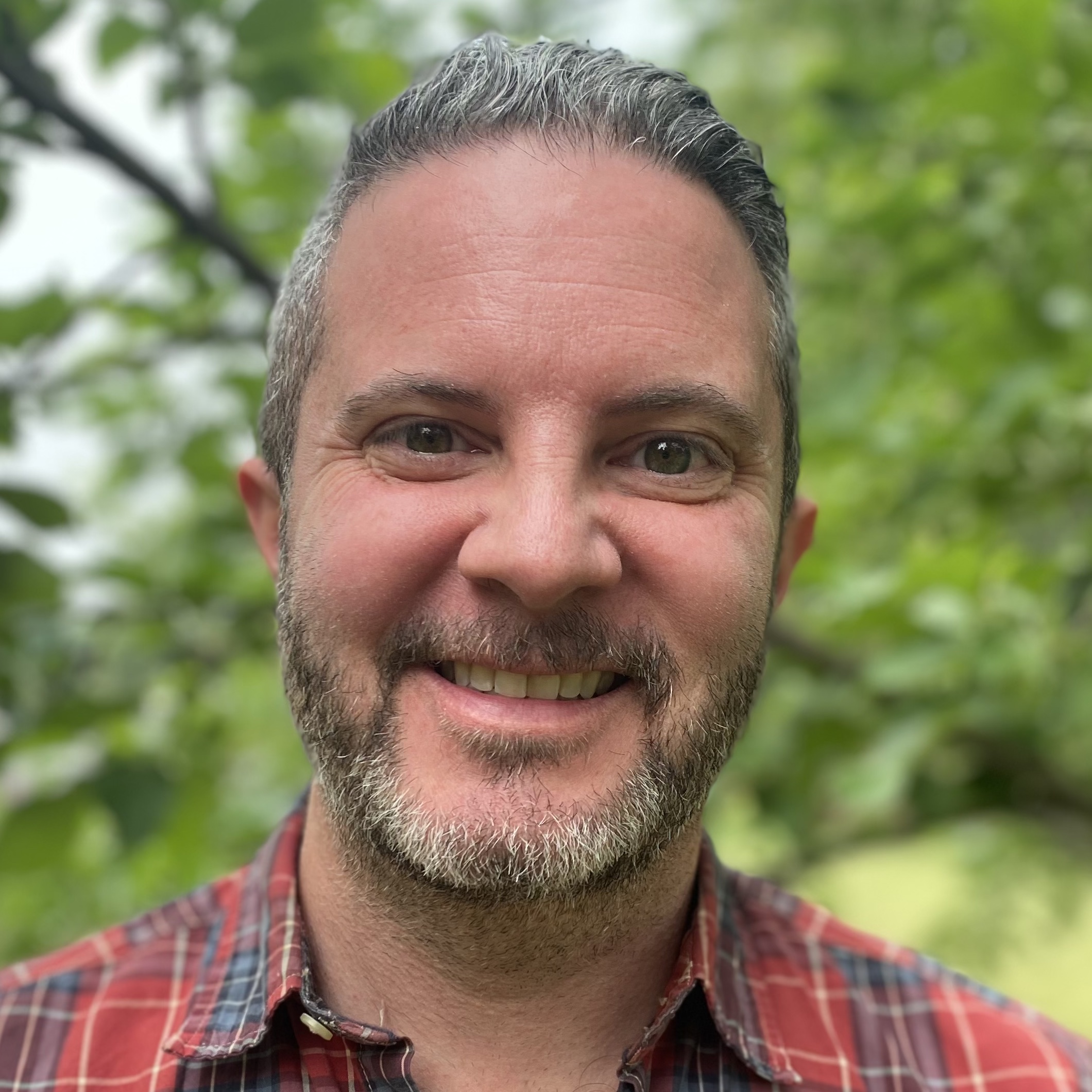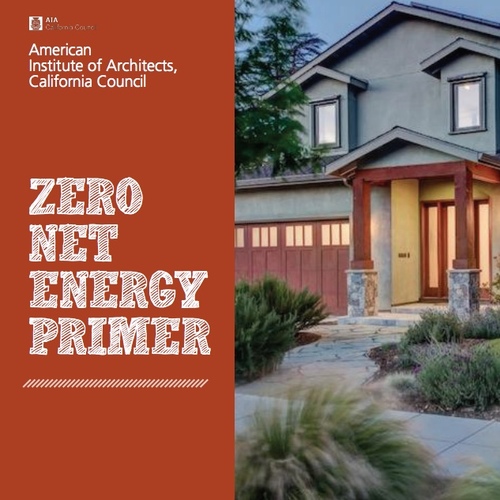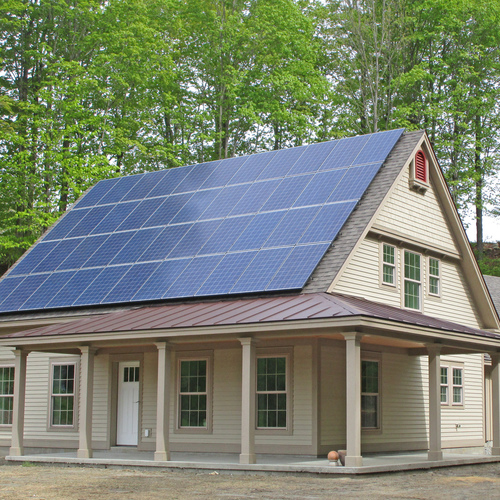
For developers, corporations, and even entire cities and nation states, meeting climate goals has been boiled down to a single contingency: achieving net-zero emissions. That now ubiquitous buzz phrase “net zero” has become the yardstick by which we measure our collective virtue and commitment to stemming the climate crisis, one CO2e at a time.
Along the journey to net-zero (or zero net) emissions–broadly speaking, ensuring any anthropogenic greenhouse gas emissions that are otherwise unavoidable get removed from the atmosphere through offsets or other means–are the prerequisite steps of neutralizing one’s reliance on non-renewable energy sources and, ultimately, counterbalancing all that operational carbon output. Maybe you commit to restoring native habitats through reforestation, or maybe you go all in on direct air capture and storage (DACS).
Whatever the means, trying to decipher what makes something legitimately zero net energy or zero net carbon can feel downright Sisyphean. The technical definition of a zero-energy building may be ironclad, but the practical definition (and means to achieving net zero) can vary, often wildly.
Thankfully, the common definitions now have a complementary standard. The American Society of Heating, Refrigerating and Air-Conditioning Engineers (ASHRAE) has, for the first time, published a set of requirements, in the form of ASHRAE Standard 228, for evaluating whether a building meets the definition for zero net energy or zero net carbon. In the strictest terms, this means that the source energy or carbon flows coming into a building or site must be less than or equal to those flowing outward during building or site operations, or any allowed offsets. Standard 228 is, for all intents and purposes, perhaps the closest thing the building industry now has to a universal yardstick for determining whether a building is in fact as green and energy- and carbon-neutral as…
Weekly Newsletter
Get building science and energy efficiency advice, plus special offers, in your inbox.

This article is only available to GBA Prime Members
Sign up for a free trial and get instant access to this article as well as GBA’s complete library of premium articles and construction details.
Start Free TrialAlready a member? Log in















6 Comments
I don’t know if idealistic pencil pushers are aware of the realities for the renewable industry, or at least in solar PV systems when it comes to net metering. Net metering rules are not codified nor regulated at a national scale. In many areas in America are nonexistent and in many others are lopsided to producers, distributors and retailers.
According to the Energy Information Administration (EIA), losses in generation, transmission, and distribution can be up to 34%, and I believe, until a fair policy change is made available at the national level, it's unfair to “move the goal post” for homeowners to become “net-zero” by having to account for production and transmission losses.
If homeowners are required to add an additional 34% to the PV system, basically it erodes completely the IRA tax credits.
I agree. Although in practice the new standard applies to all buildings, the subtext suggests it be applied to large commercial and residential construction, retrofits, etc. Also, I can't see too many homeowners electing to use 228. I've received some feedback that ASHRAE has finally caught up with Passive House (30 yrs late), but I'm not sure the comparison is apt. The International Passive House standard is codified, whereas Standard 228 is malleable depending on climate zone/subregion, regional/local codes, and other jurisdictional concerns. Net-metering regulations and credits should also apply when using 228, and most states (33 last I counted) do mandate credits in some form, although how they're applied across the board is scattershot at best, leaving the question: should there be a national policy? For large buildings? Yes! But on the topic of private homes, I have trouble seeing a future where achieving net zero performance of any kind is anything but voluntary.
Whether rooftop solar loses anything significant in transmission or distribution is an interesting question. My house uses the electricity my solar array produces when we are using electricity, with any excess going into the grid. My understanding is that the electricity my array sends to the grid is used locally, by my neighbors. Put differently, if my little town had it's own grid, all of my excess would stay here. So the typical losses in transmission from a power plant to my house are irrelevant if we're trying to see if I'm net zero.
Of course, even if over the course of a year we generate as much as we use, that doesn't mean we're not dependent on the grid.
And if net zero is hard to define, how about "net zero ready?"
Zero Energy Ready Homes happens to be the name of an existing Department of Energy program. (A step up in performance from Energy Star). ZERH isn't not Net Zero by pretty much any definition.
https://www.energy.gov/eere/buildings/doe-zero-energy-ready-home-zerh-program-requirements
It sounds like Section 228 can be used to calculate net zero status for existing high performance homes, or like Passive House is it only applicable to in process builds or retrofits?
The calculating is left to third party certification programs and the like. But yes, 228 can be applied to existing buildings, new builds, retrofits, etc. Specific performance metrics are built into Passive House. Not the case with 228.
Log in or become a member to post a comment.
Sign up Log in